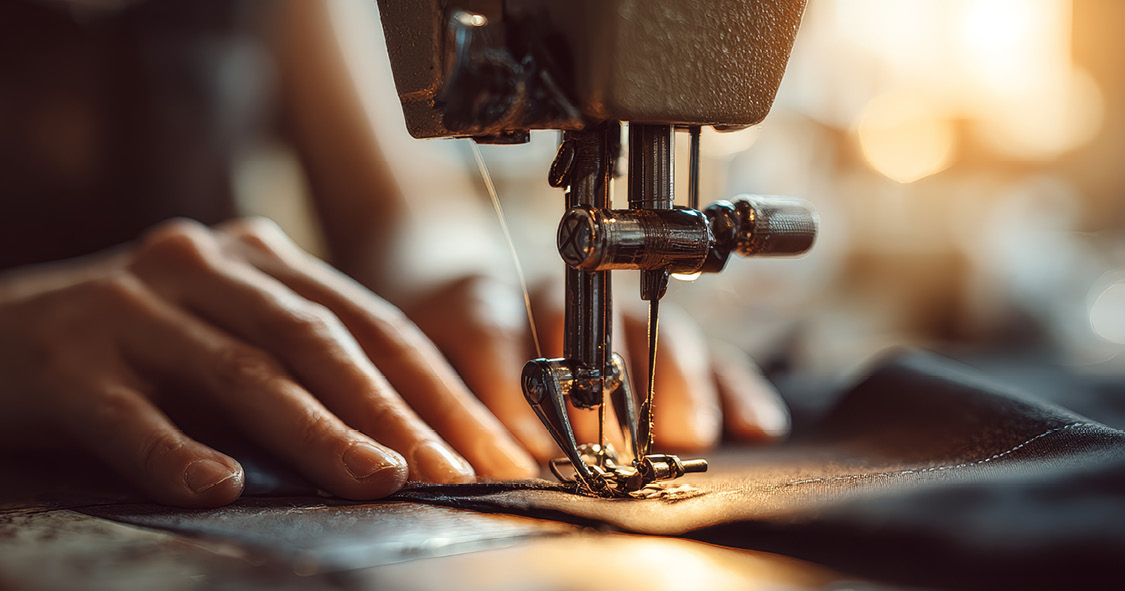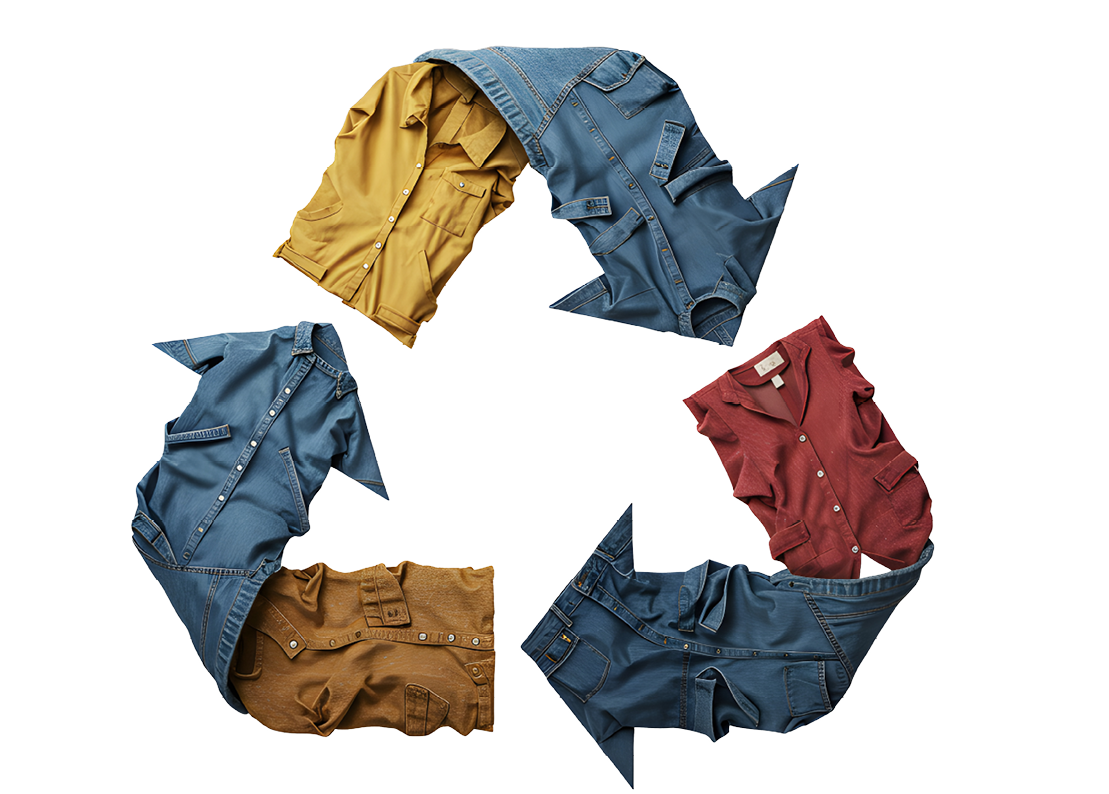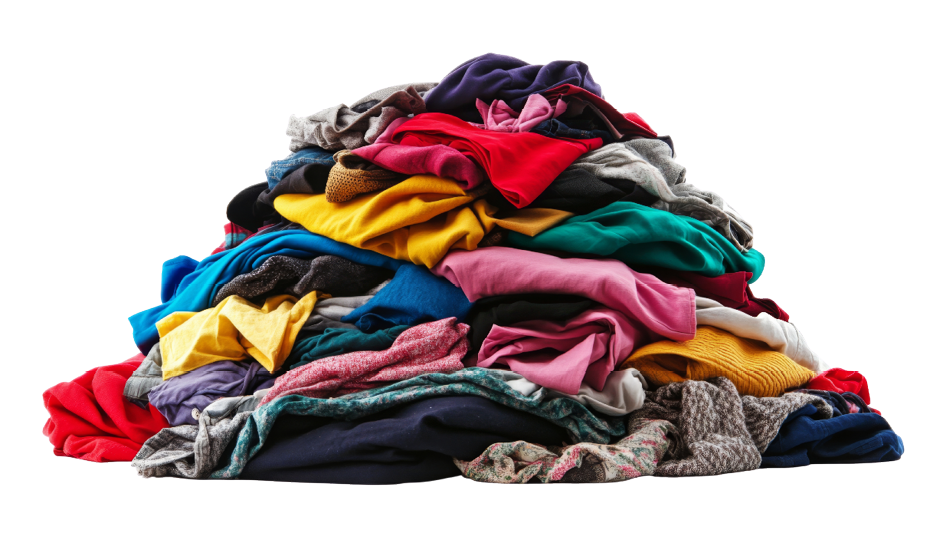By mid-2025, secondhand textiles have stepped confidently into the mainstream. Once dominated by thrift stores and informal traders, the secondary market and garment refurbishment sector now spans global logistics, tech-assisted grading, and public policy. In the face of overproduction, climate urgency, and shifting consumer behavior, refurbished textiles are becoming a strategic answer—not just an ethical option.
This article explores how this industry is evolving and what lies ahead for its most critical players.

A Market in Motion: Growth Rooted in Circular Demand
The global secondhand apparel market is projected to reach $367 billion by 2029, according to ThredUp’s 2024 Resale Report.1 This growth is driven by a convergence of forces:
- Rising demand for affordable and sustainable fashion
- Retailers entering the resale space with take-back and recommerce models
- Major emerging markets—especially in Africa and Latin America—seeking bulk access to used clothing for resale and refurbishment
From vintage curation in Paris to baled tropical mix in Guatemala, the secondhand textile trade now functions as an integrated global supply system, offering both environmental and commercial value.
Textile Refurbishment: From Mending to Market Value
Refurbishment in the textile space is becoming more formalized, professionalized, and integrated into resale infrastructure. By 2025, leading operators and resale platforms are investing in:
- Microfactories that offer on-demand repair, customization, and rebranding
- AI-driven defect detection that sorts and grades garments more efficiently
- Partnerships with brands and retailers to reintroduce refurbished items into mainstream inventory
Whether through visible repair, creative upcycling, or silent quality restoration, refurbishment is not just about waste reduction—it’s about restoring product desirability and lifecycle value.
Policy & Sustainability: Repair as a Strategic Asset
The environmental case for refurbishment has never been stronger:
- Over 92 million tonnes of textiles are discarded globally each year, with less than 1% being truly recycled into new garments
- Refurbishing a used garment instead of replacing it significantly reduces carbon, water, and energy footprint
- Many circular economy frameworks—like the EU Strategy for Sustainable and Circular Textiles2 —now promote repair and reuse as formal performance metrics
For governments, NGOs, and brands alike, textile refurbishment has shifted from being a feel-good initiative to a compliance and ESG-driven necessity.

Trade Friction: How Policies Are Rewriting the Resale Map
As the secondhand clothing sector grows, it’s also confronting new regulatory pressures and geopolitical dynamics.
Import Restrictions in Emerging Markets
Several countries—including Kenya, Rwanda, and the Philippines—have imposed or intensified restrictions on secondhand clothing imports.3 The justifications vary, from protecting local textile industries to addressing hygiene concerns or national dignity.
Implications for the industry include:
- Reduced access to formerly high-volume resale markets
- Greater scrutiny over shipping documentation and quality assurance
- A need to invest in local refurbishment hubs closer to end markets
Tariffs and Material Sourcing Barriers
Even in countries without outright bans, new tariffs and customs rules affect the flow of refurbished goods. For example:
- U.S. and EU taxes on imported trims, fasteners, and textiles affect refurbishing costs4
- Basel Convention rules now require exporters to prove their shipments are destined for reuse—not disposal 5
Navigating these challenges requires more sophisticated logistics, traceability systems, and market diversification strategies.
Operational Trends: Digitalization and Regionalization
To stay competitive, many operators are rethinking how and where refurbishment takes place.
Key 2025 Trends:
- Localized repair and sorting hubs reduce freight costs and tailor products to market needs
- AI-assisted sorting is increasingly adopted to identify defects, grade condition, and match garments to resale channels
- Businesses are segmenting inventory more strategically—distinguishing vintage, branded, unbranded, and upcyclable items
Digital tools and data analytics now power what was once a manual, intuitive process—turning secondhand into smart inventory.
Legislative Spotlight: France’s Crackdown on Ultra-Fast Fashion
In June 2025, France passed groundbreaking legislation aimed at curbing ultra-fast fashion and reshaping consumer influence.6 The law includes:
- A ban on advertising and influencer marketing for ultra-fast fashion brands such as Shein and Temu
- A progressive eco-tax, starting at €5 per item and rising to €10 by 2030
- A mandatory eco-score labeling system rating environmental impact per garment
Though not aimed directly at secondhand apparel, the law clearly favors slower, circular models—like reuse and refurbishment—by penalizing hyper-consumption and disposability.
It also represents a cultural turning point. As influencers can no longer promote ultra-fast fashion “hauls,” there is now room to highlight upcycled, repaired, and secondhand garments as aspirational. France’s stance may set a precedent for broader EU action, reinforcing the value of long-lived garments and rewarding businesses rooted in durability and ethics.

Beyond Waste: A New Logic for the Textile Industry
The secondhand and refurbishment sector is no longer defined simply by thrift—it is becoming a supply chain, a compliance strategy, a consumer shift, and an environmental necessity. It sits at the crossroads of global trade, digital innovation, and sustainability mandates.
But with opportunity comes responsibility. Operators must navigate rising regulation, demonstrate transparency, and prove their ability to scale circular practices without replicating the pitfalls of fast fashion.
As 2025 progresses, success in this space will depend not just on keeping garments in circulation, but on building value chains designed for resilience, accountability, and long-term relevance.
Norma Salazar is a Digital Marketing Specialist at Bank & Vogue, where she leads content strategy and creation across the company’s digital platforms. With a strong background in bilingual marketing and targeted outreach, she develops compelling content in both English and Spanish to support the company’s mission within the circular economy. Her expertise spans campaign development, digital positioning, and storytelling—bridging the gap between sustainability and effective brand communication.